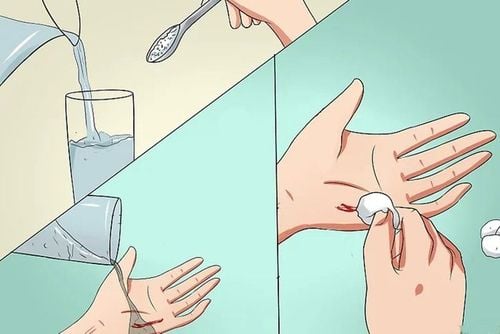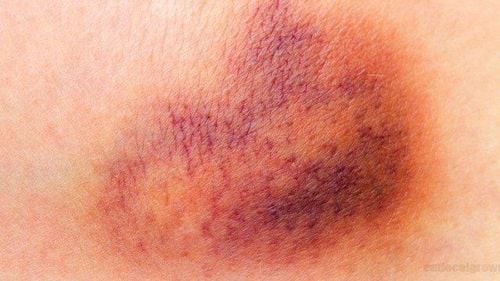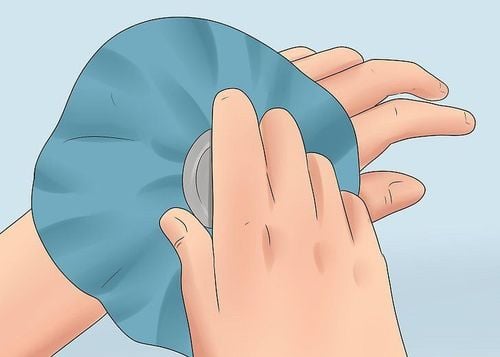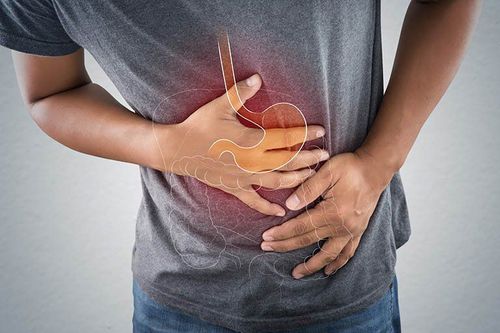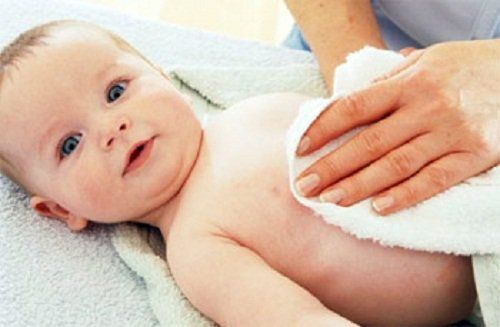This is an automatically translated article.
Hot and cold compresses are simple techniques that are often supported in the treatment of diseases. In order for the process of cold and hot compresses to have the best effect, the practitioner needs to monitor and observe to avoid complications such as being too cold or too hot, which can cause burns to the patient.1. Effects of hot and cold compresses
1.1. Effects of hot compress
Hot compress has 3 main effects:
The effect makes body temperature rise. Relaxes muscles and ligaments and reduces nerve irritation leading to pain relief. Causes local congestion, increases local circulation, thereby helping the wound healing process faster.
1. 2. Effect of cold compress
Cold compress has the following main effects:
Lowers body temperature. Relieve pain caused by muscle and ligament injuries. The effect of reducing local congestion.
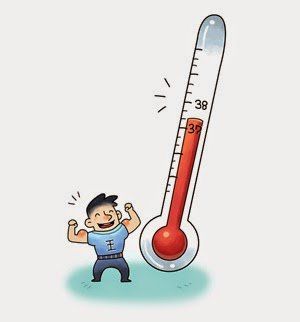
Không chỉ giúp giảm đau, mà còn làm hạ thân nhiệt
2. Hot compress methods
There are 2 methods of hot compress:
2.1. Wet hot compress
Deeper body temperature causes muscles to relax, increase circulation, increase absorption of nutrients, mineral salts, drugs.
Apply wet heat in many ways such as: soak the area to be applied in warm water, apply hot paraffin or cinnamon and anise alcohol. Hot water-soaked gauze towels in the following cases: open wounds, mild infections, boils.
2.2. Dry hot compress
The temperature is not deep, mainly to make the patient feel comfortable, it has the effect of reducing pain and increasing peripheral blood circulation.
Dry heat therapy has many ways such as using a heater, hot water bottles, baking bricks, hot water poured into an ice pack.
Indications
Stomach, liver, kidney or joint pain. Laryngitis, tracheitis. Premature babies, old people when it's cold. Contraindications
Appendicitis . Abdominal pain of unknown cause. Severe infections cause blindness. Peritonitis. Hemorrhagic cases. Injury in the first 24 hours because it is easy to cause re-bleeding due to vasodilation.
2.3. Note when applying heat
2.3.1 Hot compress temperature
Dry hot compress: Average temperature 41 - 43 degrees C, high temperature 50 - 60 degrees C. Wet hot compress: Average temperature 40 degrees C, high temperature 50 degrees C.
2.3.2 Hot compress time
The average application time is 20-30 minutes each time. After 3 hours, the next application can be applied again because continuous hot compresses can make the skin soft, pores dilate, bacteria easily penetrate into the body, causing skin and muscle infections...
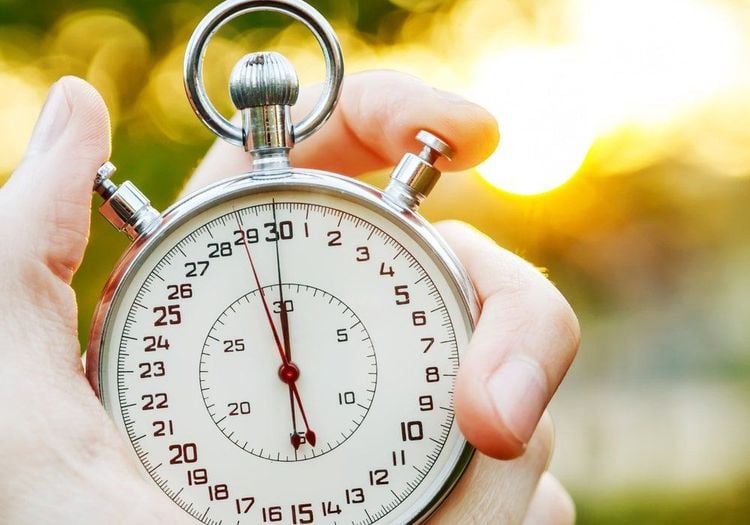
Khi chườm nóng, chúng ta nên chú ý về thời gian để đạt hiệu quả cao
3. Methods of cold compress
There are many methods such as: Bathing, wiping with cold water, cold compress wet and with ice.
3.1. Point
Body temperature rises. Infection, abscess. Gastrointestinal bleeding. After thyroidectomy for hyperthyroidism. Traumatic brain injury ,...
3.2. Contraindications
Local circulation is reduced or the patient is constipated. Low body temperature, weak old people. Respiratory bleeding.
4. Complications may be encountered due to hot and cold compresses
Cold compress: Can lower body temperature below normal for comatose patients, impaired consciousness. Hot compress: Can cause skin burns in the area due to too hot water, too long application time and not following the correct procedure. Hot and cold compresses are therapeutic methods; However, if you do not understand correctly but apply the wrong application, it will not only not support the treatment of the disease but also make the disease worse.
Any questions that need to be consulted, you can contact Vinmec Health System nationwide, or register online HERE.
SEE ALSO:
How much fever do children have to take to reduce fever? Children with fever should be taken to a doctor within 24 hours if they have the following symptoms Why should a warm towel be applied when a child has a fever?




